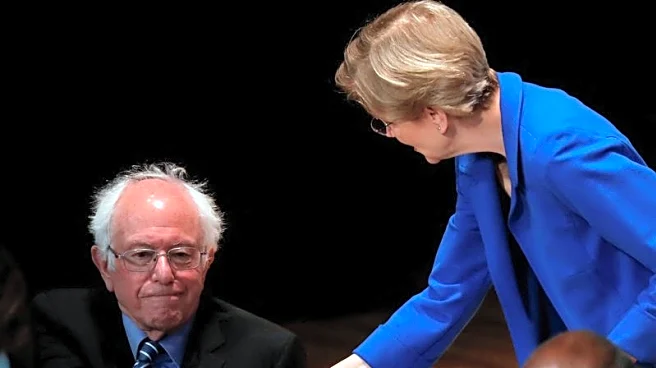What's Happening?
The Federal Reserve is expected to cut interest rates at its upcoming meeting, leading to a decrease in yields on cash instruments such as money market funds and high-yield savings accounts. Investors are being advised to diversify their portfolios to include more yield-oriented investments. UBS and Wells Fargo strategists suggest moving excess cash into quality bonds and diversifying with stocks and bonds through index funds. The Crane 100 list currently shows a 4.10% annualized yield on taxable money funds, but these rates are expected to decline following the Fed's decision. Financial experts recommend maintaining cash for emergencies and short-term needs while considering longer-term investments in medium-duration bonds and other high-grade assets.
Why It's Important?
The anticipated rate cuts by the Federal Reserve could significantly impact investors who rely on cash instruments for returns. As yields decrease, investors may need to seek alternative investments to maintain their income levels. This shift could affect the broader financial markets, as more capital flows into bonds and equities. Diversifying portfolios can help mitigate volatility and achieve stable returns, which is crucial in a fluctuating economic environment. The move away from cash could also influence consumer spending and savings patterns, impacting economic growth and stability.
What's Next?
Investors are expected to adjust their portfolios in response to the Federal Reserve's rate cuts. Financial advisors are likely to continue recommending diversification strategies to balance risk and return. The market will closely watch the Fed's actions and any subsequent economic indicators to gauge the long-term effects on investment strategies. As rates decline, there may be increased interest in fixed-income products and structured investments, offering higher yields compared to traditional cash instruments.












